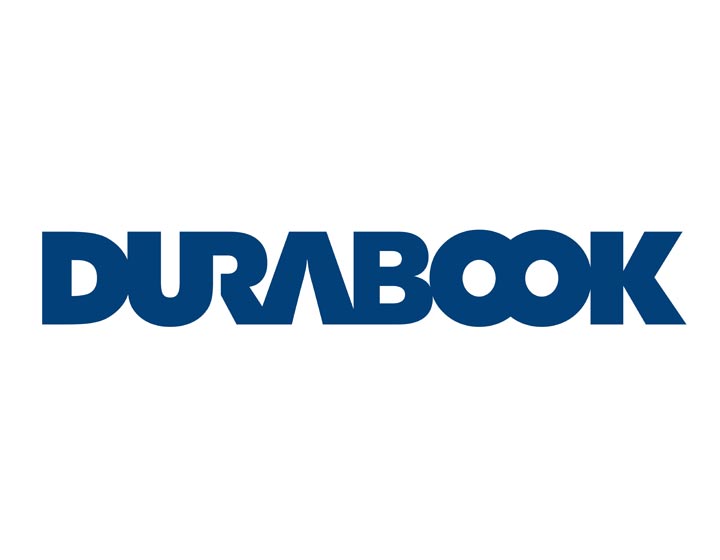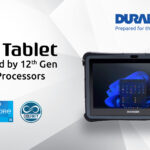Utility companies are under increasing pressure to provide the fairest deals for consumers while meeting tough climate change targets and adhering to stringent compliance legislation. Beyond these external factors, oil and gas operations often involve combustible or explosive dust, gases and vapours that can compromise on-site safety in challenging environments. However, costly maintenance and security are always at the forefront of any technical investment. So, how do organisations within the sector juggle these demands while keeping a weather eye on capital outlay? The only real option is to operate more efficiently by placing technology at the centre of the strategy.
Future-proofing a sustainable transformation
‘Climate resilience’ and ‘energy efficiency’ are two of the main buzz terms for the utility sector as it comes under increasing pressure to reduce the impact of climate change and meet customers’ expectations on sustainability. Creating a more resilient infrastructure with minimal environmental impact while meeting these benchmarks is only possible by adopting the latest cutting-edge technology. More importantly, this technology must have the versatility to evolve beyond the transformation phase and support the sector into the future.
While the initial capital outlay in new technologies may prove expensive, savvy organisations are experiencing the long-term benefits of their investment, from better serving customers and reducing operational costs to meeting environmental, social and governance (ESG) goals. Rugged technology, is proof of how digital investments can deliver a strong return. For example, research has identified that, compared with standard consumer models, these devices have lower total cost ownership (TCO) by up to 50% over a five-year lifespan due to decreased downtime and less need for hardware replacement. Beyond the financial returns, these computers are built to serve various functions, performing multiple tasks simultaneously, minimising human errors and boosting productivity, which can improve an organisation’s carbon footprint. With more pressure on monitoring and measuring environmental impact, these devices can also track and record performance data and metrics, identifying how and where lasting improvements can be made.
Setting the standard for on-site safety
Worker safety is critical, with the latest legislation requiring safe conditions of work for employees operating in hazardous areas and potentially explosive atmospheres. The latest cutting-edge rugged devices are built to meet these standards head-on.
For example, several devices on today’s market are C1D2 certified under the certification number ANSI/UL 121201. This means they are designed specifically for work in hazardous locations across oil and gas, petrochemical manufacturing, industrial manufacturing, and other industries with potentially explosive atmospheres. This standard identifies three types of hazardous locations categorised by class and includes flammable gases and vapours, combustible dust and ignitable fibers. In addition, it identifies two divisions and seven groups that indicate the level of explosive elements anticipated in each work location and the safety risks. By achieving this certification, these devices offer reassurance that these rugged devices are explosion-proof in even the most hazardous environments.
Built for an uninterrupted performance
Leading rugged manufacturers have gone a step further, producing a fanless solution to further mitigate the risk of on-site explosions while ensuring that devices remain operational in any environment. The presence of dust poses a serios problem for computers, laptops or tablets, as the fan introduces solid mineral or organic dust particles into the hardware from the outside.
This dust then builds up in the system, affecting the computer’s components, such as the electrical circuit, creating blockages and limiting the movement of mechanical parts, which can cause the fan to malfunction. The implications of this failure can be catastrophic, including data loss, hardware downtime and reduced productivity in addition to the dangers associated with an overheating computer in a volatile environment.
To combat this problem, leading devices comprise an integrated passive cooling system that eliminates the need for a fan. Additionally, the passive cooling system’s efficiency allows the devices to work with even the most powerful processors that operate at a higher frequency and dissipate more heat.
This evolution in rugged technology means these devices are equipped to operate safely where standard computers can’t, for example, near moisture or outside, making them ideal for the oil and gas industry. They are also more reliable, with fewer repairs due to fan failure from dust particles that can cause the device to overheat and damage other components. With fewer moving parts, there is also less risk of the hardware malfunctioning or needing replacing, which means a stronger return on investment over time.
Robust and durable cutting-edge technology
Manufacturers understand that workers need technology that can withstand the demands of challenging environments for maximum operational efficiency. The best devices on the market carry at least an IP65 rating, protecting them against dust and water ingress, MIL-STD 810H certification and drop resistance of up to six feet, meaning they stand the test of time in any conditions. They have also been tested for explosive atmosphere, solar radiation, or even for salt fog and fungus resistance, making them perfect for the oil and gas and utilities sector.
Durable and reliable devices reduce the risk of disruption to workflows, lost productivity and the potential for customer service erosion and employee fatigue, which is why leading devices are equipped with the latest Intel® processors and graphics capabilities, such as Intel® Iris® Xe, for an enhanced performance. Ultra-high speed data transmission, Intel® Wi-Fi and Bluetooth technology mean all data can be instantly synchronised and seamlessly fed back to the data centre with speed and accuracy, boosting productivity and efficiency. Ultra-long battery life and multiple add-ons, including Thunderbolt 4 technology, help field service operatives to gather, track and transmit data with ease.
Secure functionality and unrivalled storage capability
Utilities are increasingly concerned with security, especially of field workers accessing sensitive business and customer data on the road. However, the latest rugged devices allow staff to communicate quickly, accessing and transmitting critical data safely and securely to avoid data breaches and cyber-attacks.
Digitising processes in challenging and hostile environments and shifting from manual to automated mobile processes reduces the risk of human error while allowing for enhanced data capture and identification solutions while in the field. In addition, the latest rugged devices boast exceptional storage capabilities. For example, high performance computing products nowadays are equipped with PCIe NVMe SSD storage. Designed for higher bandwidth and data transfer speed, systems utilizing NVMe SSD storages can achieve much higher data throughput in the same amount of time compared to prior generation of SATA SSD/HDD storages. Moreover, NVMe interface is designed to communicate directly with the system CPU to further reduce data latency, resulting in far more superior data accessing speed and boosting data processing efficiency and productivity anywhere, anytime.
The utility sector face pressure to deliver long term solutions that mitigate risk, deliver innovation, promote productivity and demonstrate value for money, all while mitigating environmental risks. By investing in the latest innovative technology, they are primed not only to meet these challenges but exceed them.
About DURABOOK
Durabook is the core brand of Twinhead International Corporation in Taiwan, a world-renowned manufacturer of rugged mobile solutions for more than 30 years. All Durabook devices are designed, manufactured and tested to the highest standards to ensure maximum quality and reliability. Committed to engineering and service excellence, Durabook products have been widely adopted by government and enterprise customers including oil and gas, utilities, field service, military, and public safety for more than a decade. For more information on Durabook, visit www.durabook.com.














